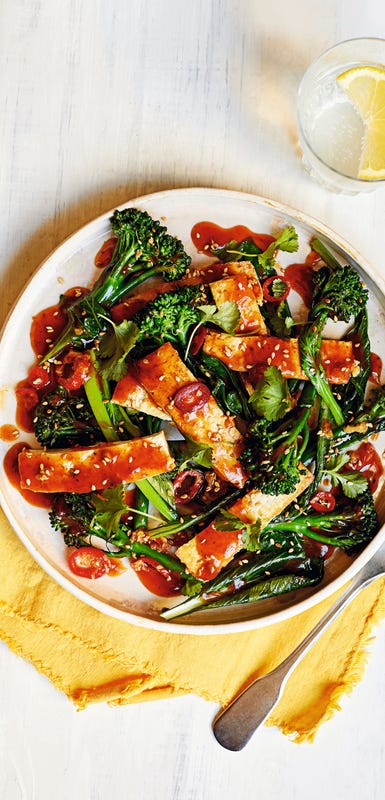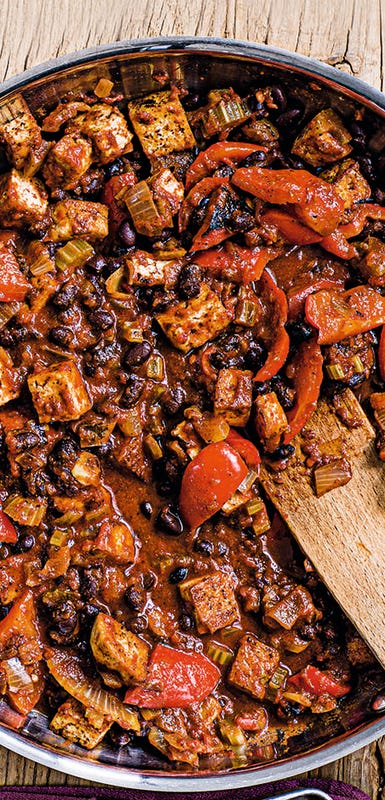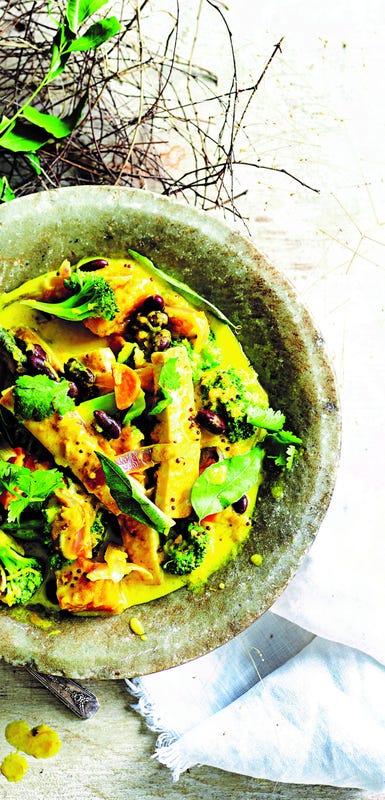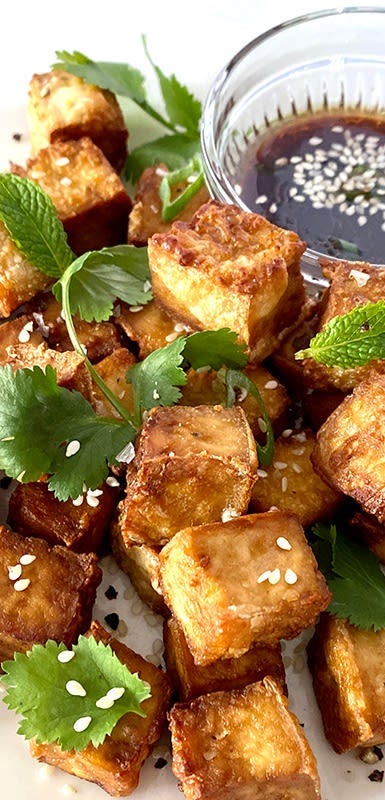ZeroPoint cheat sheet: Tofu, tempeh & textured soy protein
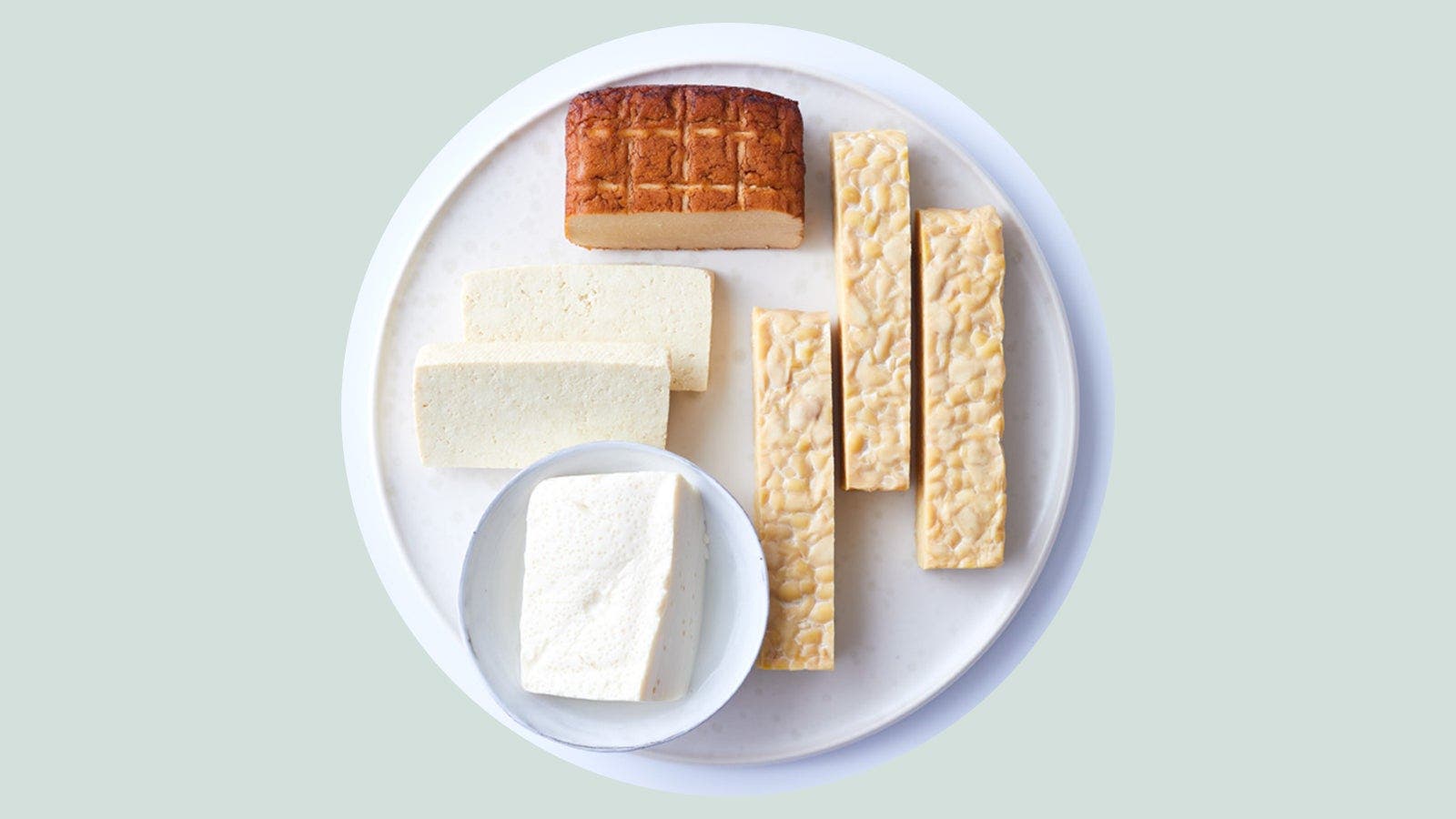

ZeroPoint® foods form the foundation of a healthy pattern of eating. They are nutritional powerhouses that you can reach for frequently and consistently, without weighing, measuring, or tracking them. They were specifically chosen because they are nutrient-, vitamin-, and mineral-packed. Because of that, they’re recommended by national and international guidelines (including the World Health Organization) to be consumed often as part of a healthy pattern of eating.
Every WeightWatchers member* gets the same list of 350+ ZeroPoint foods including: fruits*, veggies (non-starchy and starchy*), eggs, non-fat yogurt* and cottage cheese*, chicken, turkey, skinless, lean meats, fish & shellfish, oats*, legumes, tofu & tempeh, potatoes*, corn* and popcorn*
Tofu, tempeh, and plain textured soy protein are nutrient-dense foods that are high in protein (which helps you feel fuller for longer) and key vitamins and minerals, such as phosphorus in tempeh and calcium in tofu, both of which are important for our bones and teeth. They are a great substitute for animal protein and part of a healthy pattern of eating, which is why they’re included as a ZeroPoint food category.
While “zero” usually means “nothing,” at WW, ZeroPoint foods are everything! If tofu, tempeh & textured soy protein are a staple in your diet and you’ve got some questions, you’re in the right place.
Which foods are included in this category?
- Japanese-style silken tofu
- Plain tofu
- Plain textured soy protein
- Quorn fillet
- Quorn mince
- Quorn pieces
- Quorn slice
- Smoked tofu
- Tempeh
What’s the difference between tofu and tempeh?
Tofu is made from condensed soy milk, is typically sold in “blocks,” and comes in varying degrees of firmness—silken, soft, firm, and extra firm. Silken tofu is often used in pureed dishes and smoothies due to its creamy texture, while extra firm tofu is typically used in recipes that require chopping or slicing since it holds its shape well.
Tempeh is typically made by mixing fermented soybeans with one or more grains (such as wild rice, brown rice and oats) that are formed into a firm, nutty-tasting “cake.” Some popular ways to prepare tempeh include marinating it and grilling it like a steak; steaming and crumbling it into grain bowls; cubing and crisping it up in an air-fryer or oven and tossing it with stir-fried vegetables.
What if I breadcrumbs and air-fry my tofu?
The tofu remains zero Points® but the breadcrumbs and any other non ZeroPoint foods need to be tracked.
What are some great cooking hacks that use tofu?
Silken tofu is like a magical ingredient in the kitchen. It can be pureed and seasoned, and stand in for a wide range of foods such as cream, cream cheese, oil or mayo. You can use it to:
- Add body to sauces and salad dressings instead of using lots of oil.
- Thicken creamy soups instead of using actual cream.
- Replace the mayo in chicken, tuna, and egg salad recipes.
- Give body to cheesecake instead of using cream cheese.
Any other tofu-related tips?
Because tofu is so mild in flavour, it’s like a blank slate that can take on many different flavour profiles. Don’t just use it in Asian-inspired dishes. Tofu is excellent in Mexican casseroles and tacos, Italian pasta bakes and cheesecakes, vegetable soups, Indian tandoori dishes, and so much more.
*Members living with diabetes will have non-starchy veggies, eggs, fish & shellfish, chicken & turkey, skinless, lean meats, tofu & tempeh, and beans, peas, & lentils on their ZeroPoint food list. These categories were carefully selected to consider the combination of carbohydrates, proteins, and fibre, and are less likely to impact blood sugar levels.

